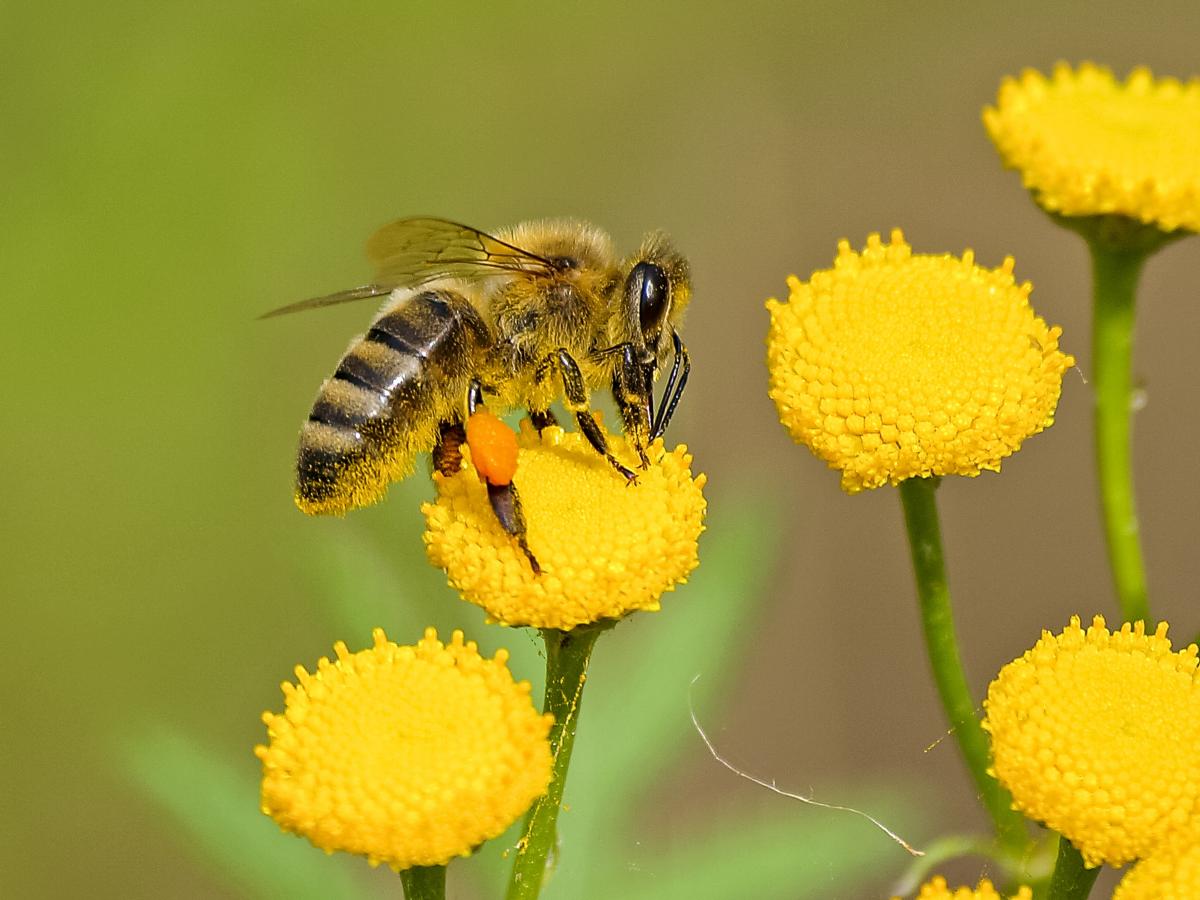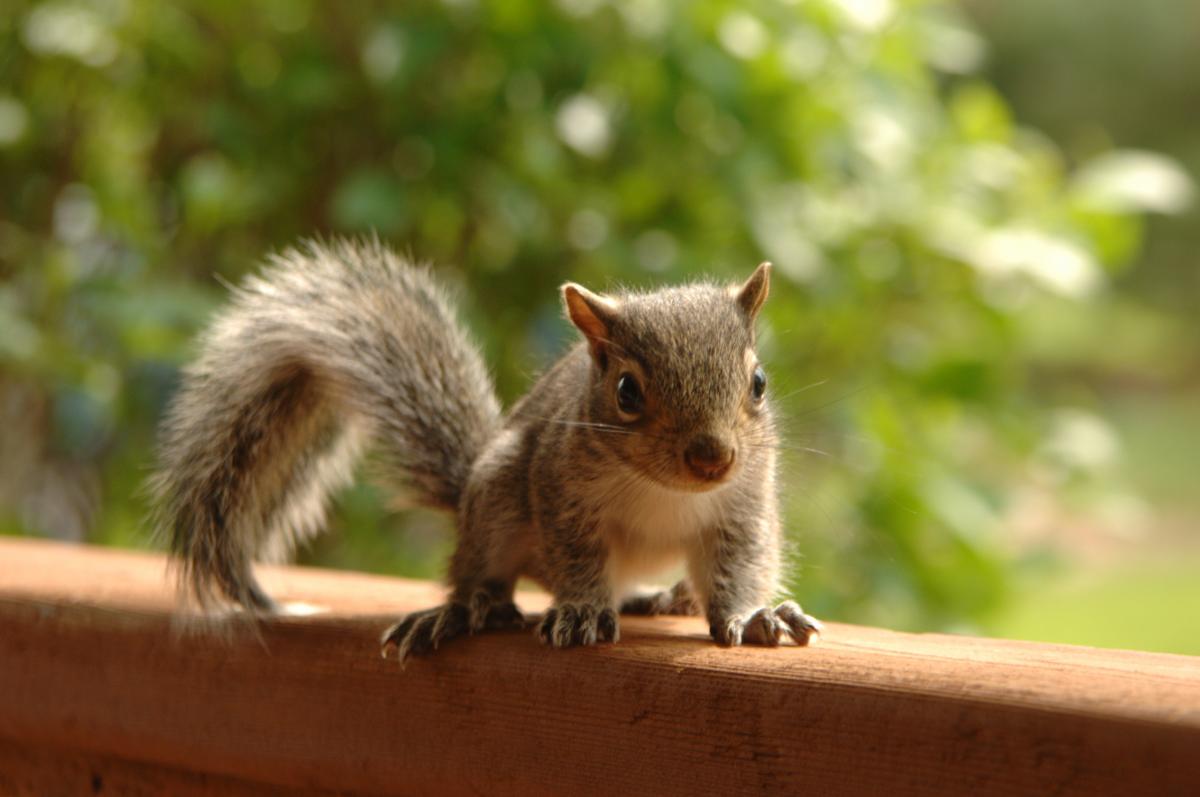Walk On The Wild Side

Walking around the neighborhood can be a great way to get outdoors and get some exercise, but you can also use these excursions to engage your family in fun, meaningful play learning!
The Power Of Play!
These imaginative activities are a fun way to incorporate pretend play into your walk. When your child uses their imagination to pretend they are an animal, encouraging their creative process can help guide their learning. By having them give context and description to their play, it helps increase creativity and language development. Additionally, through imaginative play, children are able to develop their social-emotional skills. When children use this style of play, they gain insights into different perspectives of other people or animals, allowing them to develop empathy and understanding.
Invite your child to imagine what it might be like to be an animal they see during their walk. How would their view be different from a squirrel burrowing in the ground compared to a view of a small insect on a leaf? During these walks, encourage them to describe what they imagine different animals might be seeing or feeling.
Here are three ideas to explore different animal perspectives and enjoy fun, imaginative play with your family on your next walk around your neighborhood.
A Bird’s Eye View! 
Look up at the sky and imagine you are a bird high up in a tree with a bird’s eye view. Encourage your child to crane their neck up high to imagine what it would be like to see things from up in the sky. What would the world look like from high up in the sky?
Here are some ways to get your family flying into fun while you explore your neighborhood through a birds-eye view:
• Begin with your birds- Get creative and let your imagination guide you and your family’s story about what kind of birds they will be on your walk. These are some prompted questions to begin your adventure:
- Does your bird have a name?
- What color are their feathers?
- What size and shape is your bird?
- Does your bird have a special bird call or song? What does it sound like?
• Look around during your walk. Do you see any birds flying around? Encourage your family to notice some of the different ways birds use their wings to fly. Some birds use their wings to flap through the air, some soar high in the sky, and some dart through the sky.
• Take a look at the various trees on your walk, and imagine which ones would look inviting to land on. “Which tree would you enjoy sitting in? Would you want to find a tree with branches? Some shady spots?”
• Think about different perspectives by imagining what they think things would look like from their birds-eye-view! What would they see if they were perched high up in a tree? What would seem far away from that point of view?
• “What sort of food will your bird eat?” Throughout your walk, look around and imagine what you think would be tasty to eat if you were a bird.
Keep The Adventure Going!
• Encourage your child to draw their bird when you get home!
• See if you can identify some of the different birds you saw on your walk.
• What sort of snacks would your bird eat? Some birds eat fruit, others eat nuts, and some birds even eat worms! Consider theming snack time with a bird-inspired snack like fruit salad, trail mix, or gummy worms.
Look at Me! I’m a Bee!
See what the buzz is all about when you walk around your neighborhood. Here are some ways you and your family can imagine life as a honey bee:
• Throughout your walk, challenge you and your family to think through the perspective of a bee:
- How would you fly through the air?
- Where would you want to land?
- What could you see if you were comfortably nestled in a flower?
- What would you be able to see really up close?
- What would look really far away?
• Keep a close eye out for the beautiful colors of blooming flowers. Do you see or hear any bees? Ask your child, “which flowers would you want to visit as a bee?”
• Where do bees find water? Have your child look around on your walk and see if they can find any shallow water spots that look like an inviting place for a bee to drink from.
More To Explore!
• When you get home, ask your child if they would like to draw a photo of the colorful flowers they saw on their walk. You can thank bees and other pollinators for those beautiful blooms!
• Bees are incredible animals. They work in complex social groups, have an incredible communication system, and are important pollinators! This resource page can help your child learn a bit about bees.
• Un-bee-lievable! How do bees make honey? How do they find flowers to pollinate? How do they communicate to each other? This video from the Smithsonian explains the unique and amazing ‘waggle dance’ that honey bees use to communicate.
Squirrel Stories 
Here are some ways you and your family can imagine how a squirrel may climb, burrow, and hide throughout your neighborhood:
• To get started, use your imagination to guide your walk with details about the kind of squirrels you and your family will be.
- What is your squirrel name?
- What color is your fur?
- What is the size and shape of your tail?
• During your walk, look closely to see if you can find any squirrels. Pay close attention to their behaviors. Ask your child what sort of actions their squirrel might do:
- How would they burrow into the ground?
- How would they climb up trees?
• Look around and ask your child what places and trees look inviting to visit as a squirrel.
- What nearby trees would your squirrel want to climb?
- Where would your squirrel take a nap?
- What spots could your squirrel use to lounge in the sun or hide in the shade?
• Think about what squirrels eat. During your walk, look around and imagine you are a squirrel foraging for some snacks, “what sort of foods will your squirrel eat?”
Keep The Squirrel Story Going!
• Build a burrow! When you get home, using blankets, pillows, and other objects around the house, see if your child can create a burrow to nestle in like a squirrel.
• Dig in and explore more! Investigate some of the adaptations of squirrels you saw on your walk.

